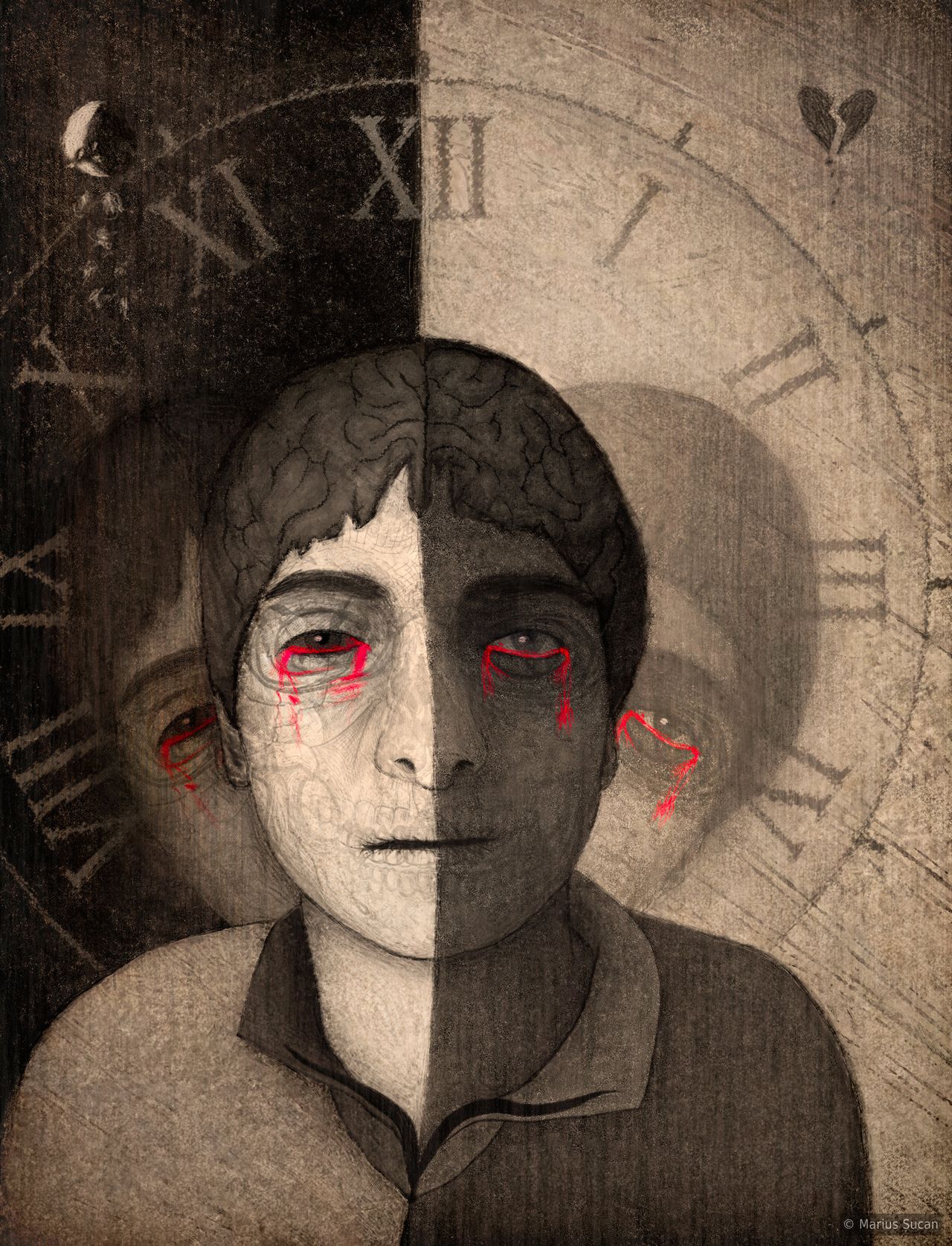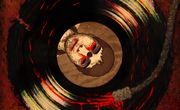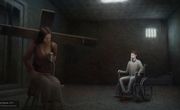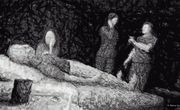Autoporctrait
Created .
I made a psychological and emotional self-portrait. I tried to illustrate in a faithful manner, artistically speaking, the world beneath the surface, the inner world. I chose to paint the less pleasant aspects of existence, because they are less known.
The image is cut vertically in two parts by following the center of the face. This division is supported by a strong chromatic contrast. Particular attention was paid to how the divisions were made. On the left, the background is dark and the person is painted in bright colors. On the right, it is the opposite: the subject is represented by dark colors and the background is bright. The eye and the collar of his coat, on the right, are highlighted in brighter shades.
With the strong dichotomies, I illustrated the conflicting feelings and moods, the mismatch of ideas and desires that the person experiences on the inside. The chromatic opposition between the figure and the background, is a suggestion for an extensive and expanded conflicting state. It is not just about the inner conflicts, but also conflicts between him and exogenous aspects, eg. social and cultural factors or other people. The complexity of these conflicting states and that of the man itself, is expressed in several ways: the chromatic exceptions made for eyes and collar, the way his face is painted and the symbols in the image. In what follows, I will present these aspects in details.
The subject in the picture was dramatically illustrated: old and tired. The wrinkles, the emphasized bone structure of the skull, and the cracked mouth are elements that highlight the existential fatigue he feels. The tears of blood flowing on the face speak about how much suffering the person endures. The hair is represented in a special way. The brain structure is visible - sulci and gyri. With this, I point out that the person has mainly intellectual pursuits. The overall facial expression is showing detachment and it is not revealing suffering, pain or anger.
In the background, I duplicated the character twice, by rotating it to the left and to the right. These heads are rendered dimmed. I think there are multiple interpretations possible for this, but I will name just three. I wanted to emphasize the duplicity of the painted person in relation to other people or that he is dominated by confusion. Or, this is just a representation of the three parts that make-up the psychic apparatus defined in Sigmund Freud's structural model of the psyche: id (identity), ego and super-ego.
The clock in the background represents the passage of time, the perishable nature of people. The short time we are meant to live, exerts a high pressure on our life and it influences our decision making processes.
In the upper part of the image, I painted a broken moon. By relating it to the subject of this image, it represents corrupted and unachievable dreams. The broken heart is reminiscent of the unrest one has the entire life to find love and the countless failures and attempts in doing so.
In terms of colors, sepia tones predominate ans dark tones with very low saturation levels. Together with the chaotic and rough texture of the surface, the colors help to evoke stronger emotions and feelings related to sadness in the eyes of the beholder.





